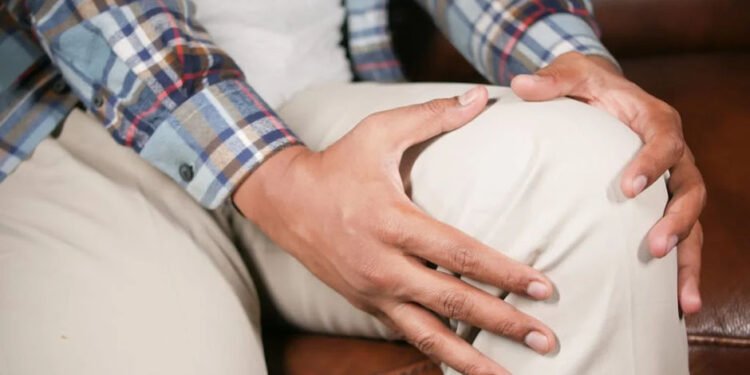Living with physical discomfort can sap your vitality and prevent you from doing your everyday activities. Whether it’s a lingering aching in your lower back, neck stiffness, or tired muscles following a workout, the pain may disrupt your schedule and make even basic tasks seem daunting.
Here are three body pain solutions that may help with discomfort.
Do Some Stretching and Mobility Exercises
Tight muscles strain joints and connective tissues, therefore generating tension and pain throughout your body. Frequent stretching releases this tension, therefore enhancing blood flow and restoring flexibility. To warm your muscles and get them ready for movement, concentrate on dynamic stretches before physical exercise. Use stationary stretches to elongate the muscles and to remove any residual tension following exercise or during periods of stiffness. Target regions prone to stiffness in your lower back, hips, and shoulders by including mobility exercises in your routine. Downloading a mobility app can help you find some good mobility exercises. Nevertheless, regular stretching keeps your muscles flexible and responsive, therefore preventing future pain as well as relieving current discomfort.
Harness the Power of Heat and Cold Therapy
A great, time-tested approach to reduce physical discomfort is alternating heat and cold treatment. Perfect for acute injuries like sprains or swollen joints, cold therapy using ice packs or cold compresses to help lower inflammation and numb severe pain. Applying cold compresses to a region constricts blood vessels, therefore decreasing the flow of blood and hence lowering swelling. For uncomfortable, irritated areas, this offers quick relief. Conversely, your go-to for relieving chronic pain and muscular tightness is heat therapy. Applying a heated cloth, heating pad, or hot water bottle to stiff muscles improves flexibility and blood flow and helps to relax muscle fibers. After extended hours of sitting or physical activity, heat treatment is quite effective for relieving sore backs, necks, and shoulders. Take a warm bath using Epsom salts to release your muscles and soothe your nervous system for a more complete body impact. Effective use of heat and cold therapy targets inflammation and stiffness, therefore providing well-rounded relief from discomfort.
Tap Into the Benefits of Acupressure
Acupressure is applying pressure to particular body locations to release trapped energy and reduce pain. Acupressure is a basic method you may learn on your own, unlike acupuncture, which makes use of needles; it depends on finger pressure. Pressing places like the base of your head, the tops of your shoulders, or the gap between your thumb and index finger helps the body recover naturally and releases muscular tension. This method improves circulation to the targeted locations and releases endorphins, your body’s natural painkillers. Focusing on regions that seem especially stiff or painful, use soft but firm pressure for around thirty to a minute. To maximize relaxation and increase its effects, mix deep, deliberate breathing with acupressure. Including acupressure in your pain-relieving regimen will help you control discomfort and experience more relaxation and well-being.
Conclusion
Living pain-free calls for simple, deliberate care rather than extreme actions. Start using these methods right now and see how much long-lasting relief results from just giving your health priority.












